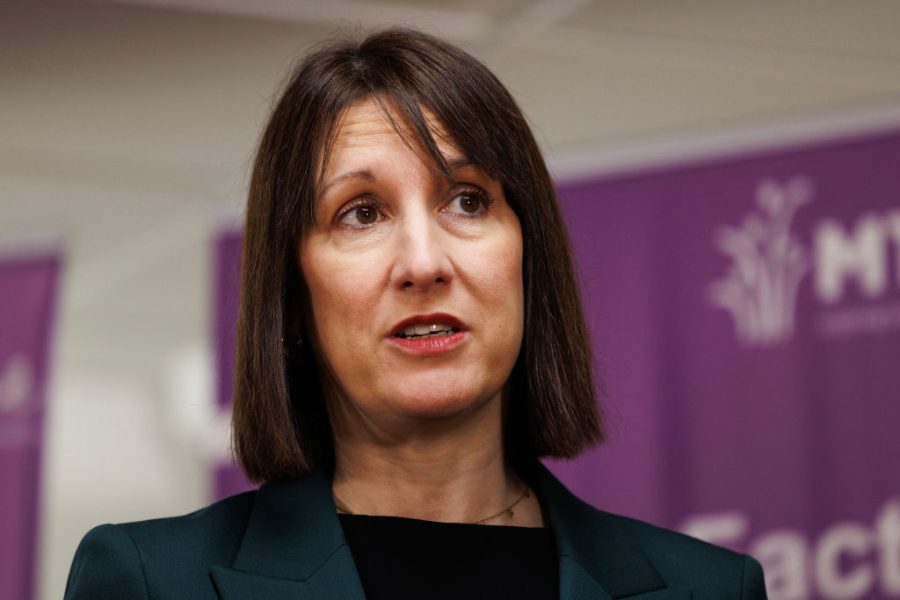It was already unlikely the Bank of England (BoE) was going to cut interest rates this week. Having pledged a slow and steady approach to rate cuts, the decision to cut the base rate by 0.25 per cent last month made it much more likely that the Bank would hold rates at their meeting in December.
But any small hope that the BoE would push forward with another small cut has been reduced even further this morning, as the Office for National Statistics reveals that inflation rose by 2.6 per cent in the year to November. While markets were expecting this outcome, the rise is higher than what Threadneedle Street was expecting, with their last round of forecasts suggesting a rise of 2.4 per cent.
Between this week’s inflation news and labour market update – which showed annual wages increasing by 5.2 per cent in the three months leading up to October – chances of another rate cut this year have been heavily dampened. The Bank continues to fear a secondary round of inflation spurred on by wage hikes. While there is some dispute about whether pay raises really lead to higher inflation, it’s certainly a position the Bank takes, and noticeable wage increases are only going to pile on more caution to the Monetary Policy Committee’s decision-making process.
It’s not helped that in addition to headline inflation rising, core inflation is up, too. This metric – which exudes more volatile prices like food and energy – rose to 3.5 per cent in the year to November, up from 3.3 per cent the month before. This suggests that there are indeed some underlying pressures on prices, which could lead to an even higher inflation rate in the new year.
It’s worth noting that every forecast had inflation rising in the later half of the year. What’s happening now was broadly expected, as the rate was always predicted to rise up again from the Bank’s target – though notably nothing like what we’ve seen the past few years, with price spiralling out of control. Capital Economics braces their readers for some more surprises next year, as inflation makes its way back to target: ‘We do think that by the end of 2025, CPI inflation will have fallen back close to 2.0 per cent. But in the first half of the year, we suspect it will be a bit higher than most expect.’
While the inflation fluctuations are still projected to be manageable – especially compared to what came before – a delay in base rate cuts is going to cause its own set of problems. While the Bank has made clear several times now that there is scope to keep cutting rates, even if inflation is not back to target, the government is in serious need of some faster, more generous rate cuts. With borrowing costs still elevated from the Budget announcements, Labour’s first fiscal event is costing more than expected. This has already reduced the Chancellor’s fiscal headroom, making her budgeting process even more difficult.
The higher rates stay, the harder future fiscal events will be. No doubt the government is counting on a reduction in rates by the time the next event rolls around. While the Bank has signalled rates are now on their way down, just how much progress has been make or break what Labour can afford to do next.
Kate Andrews speaks to Katy Balls and Isabel Hardman on the latest Coffee House Shots podcast:







Comments